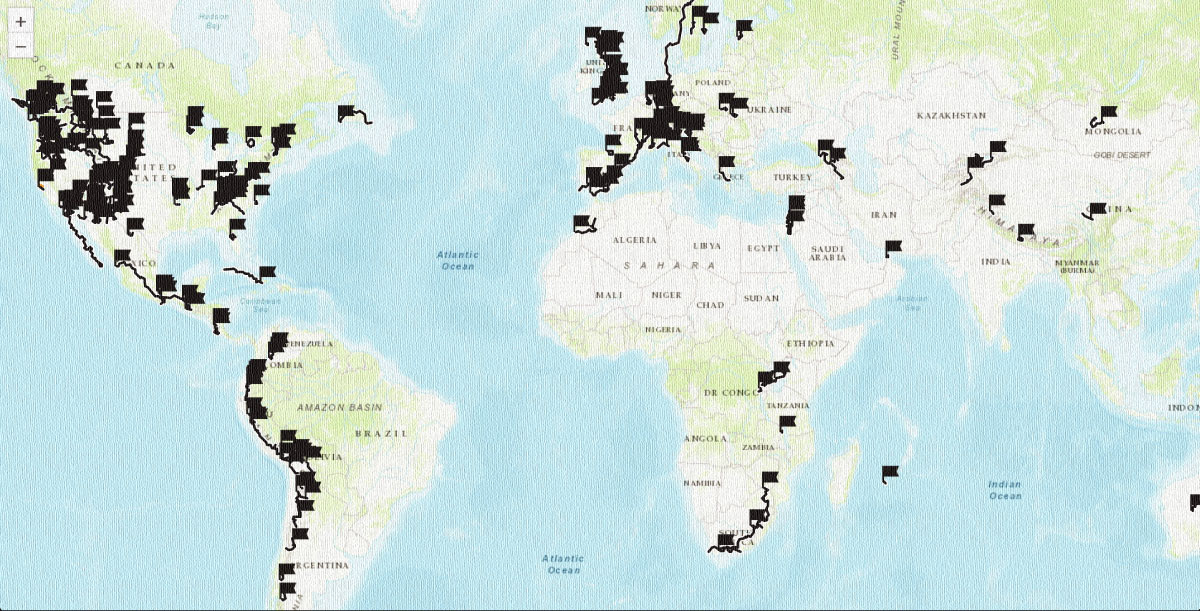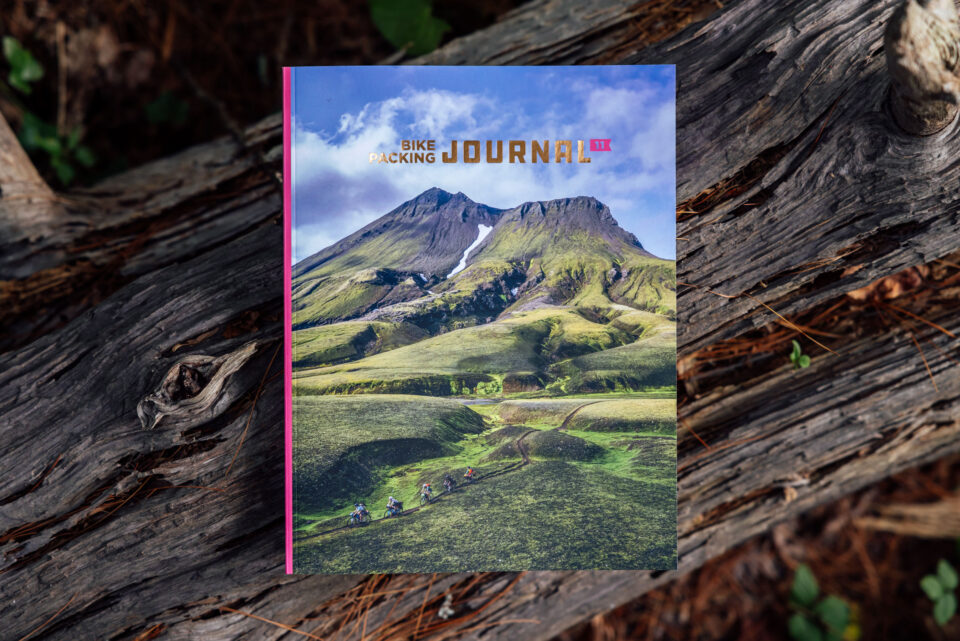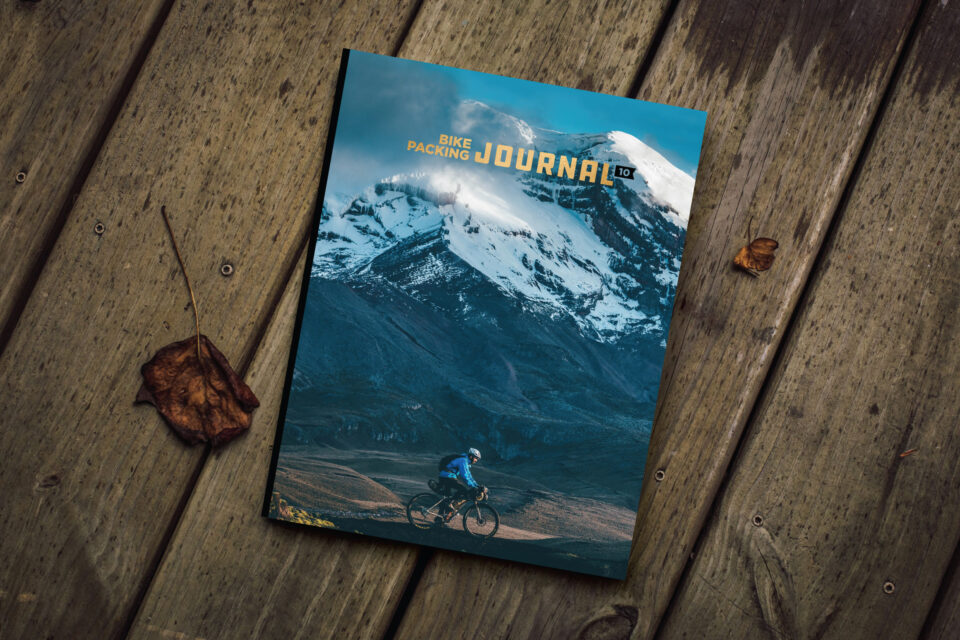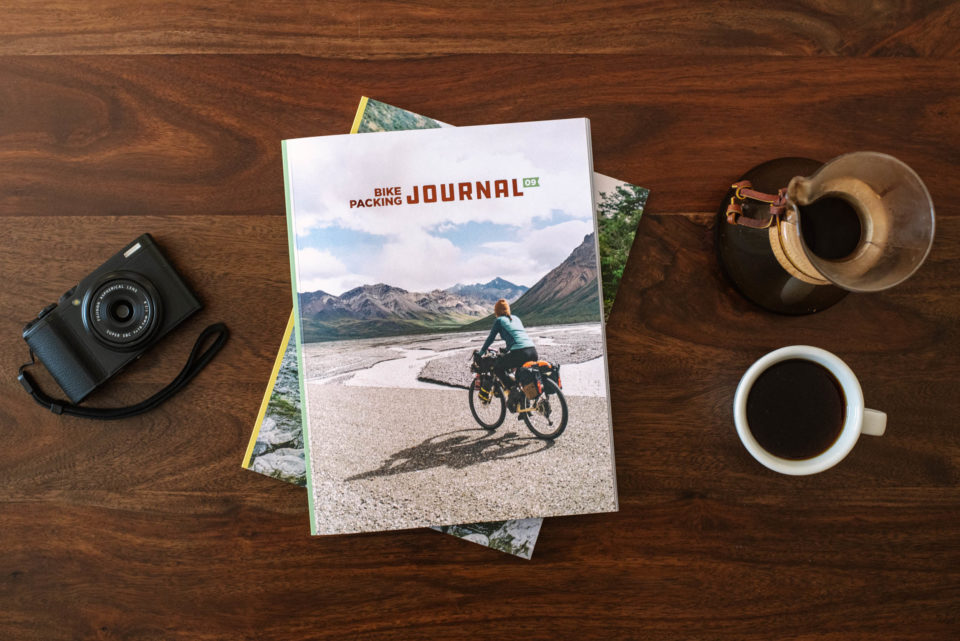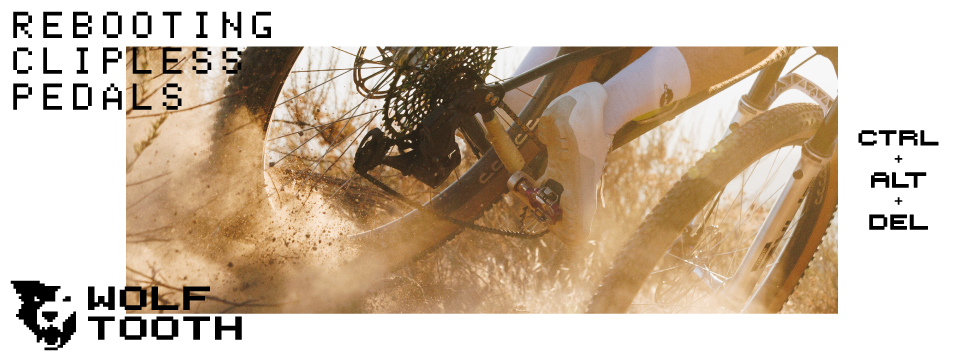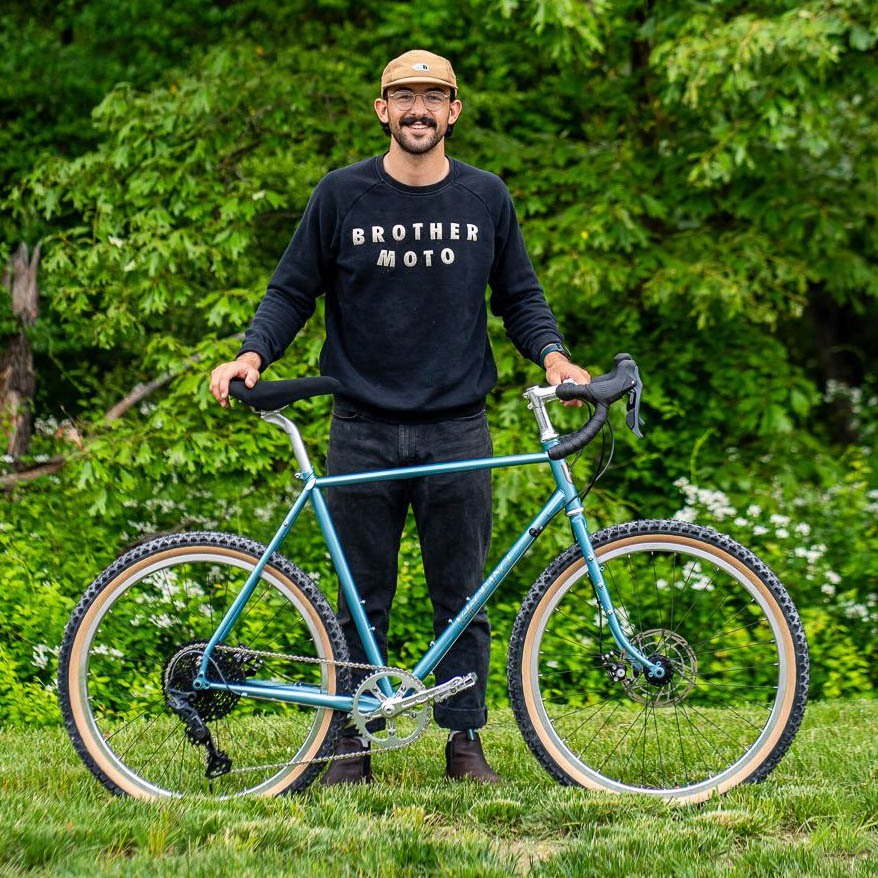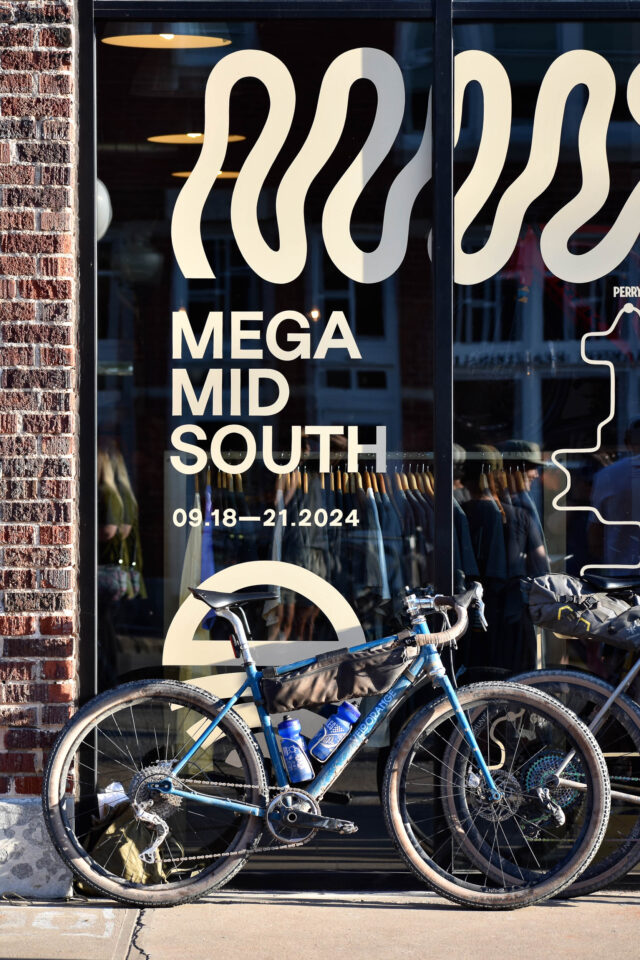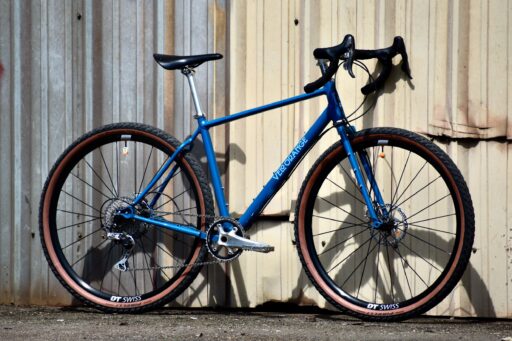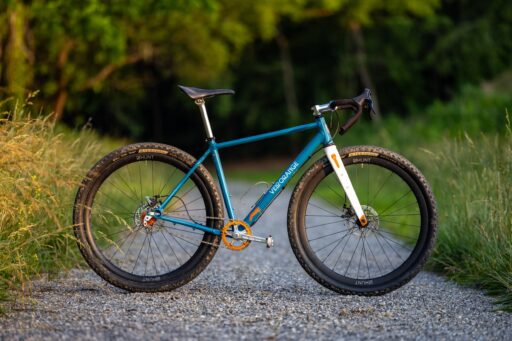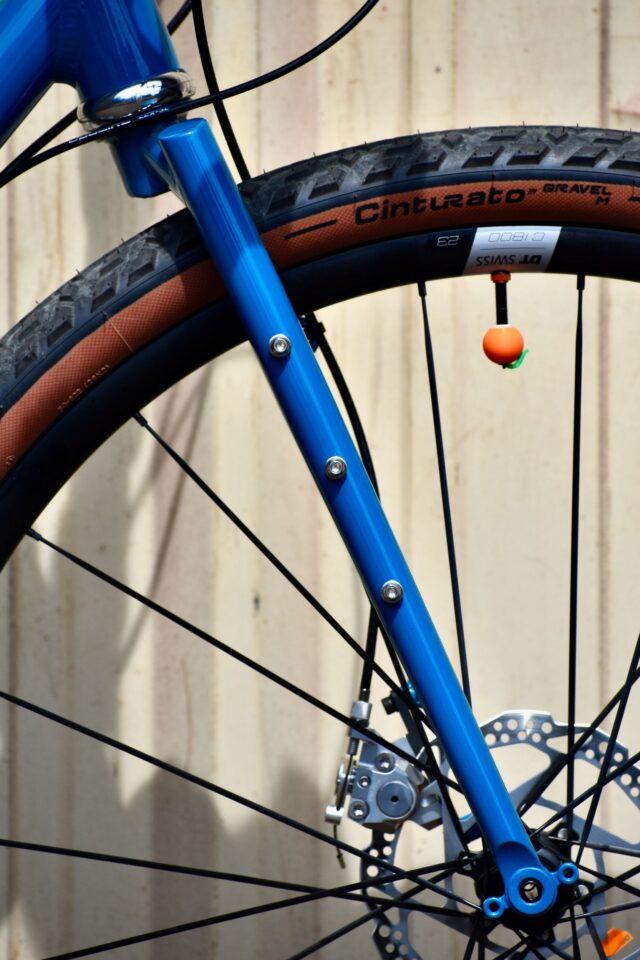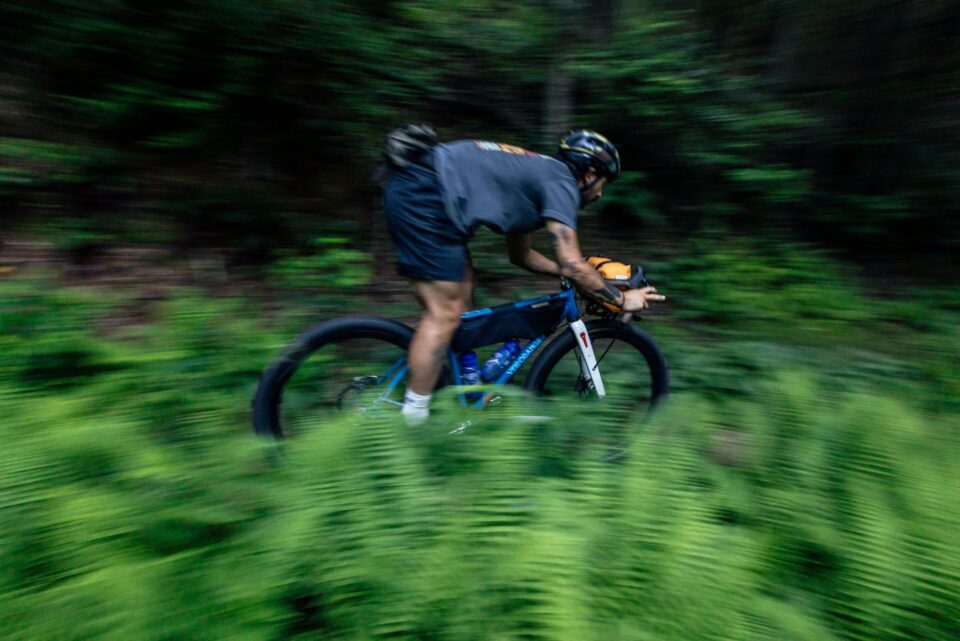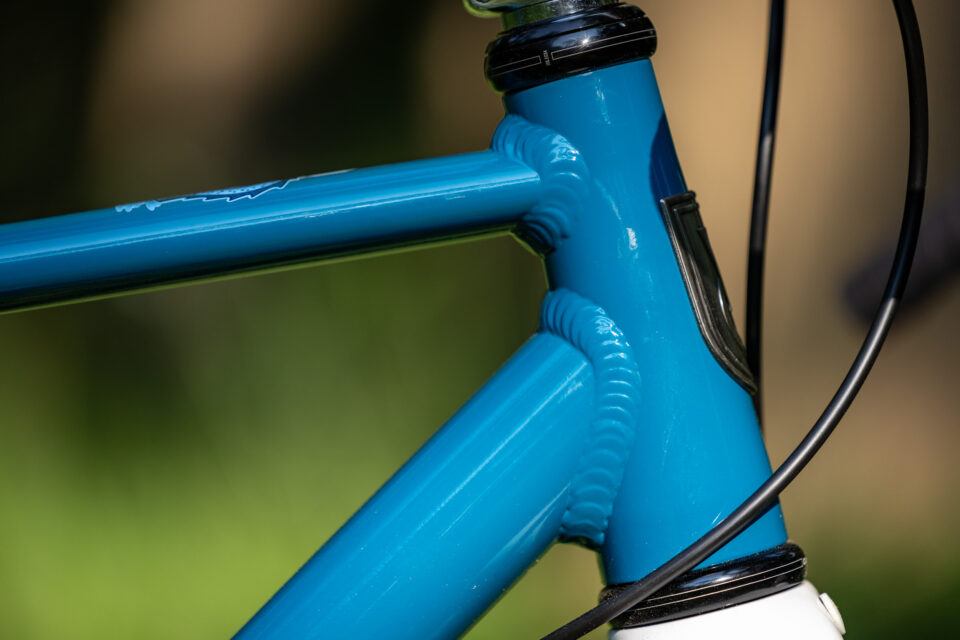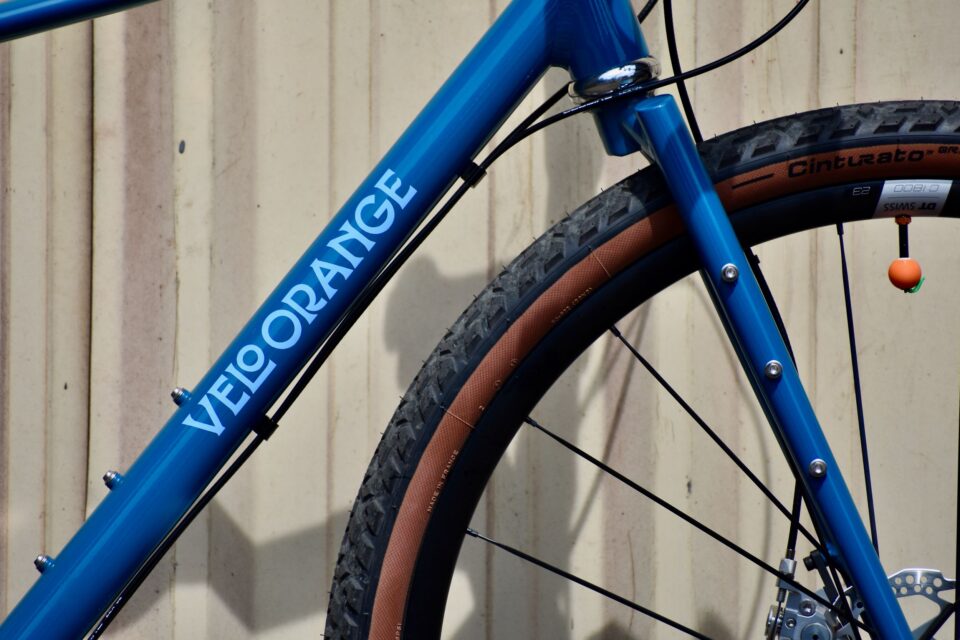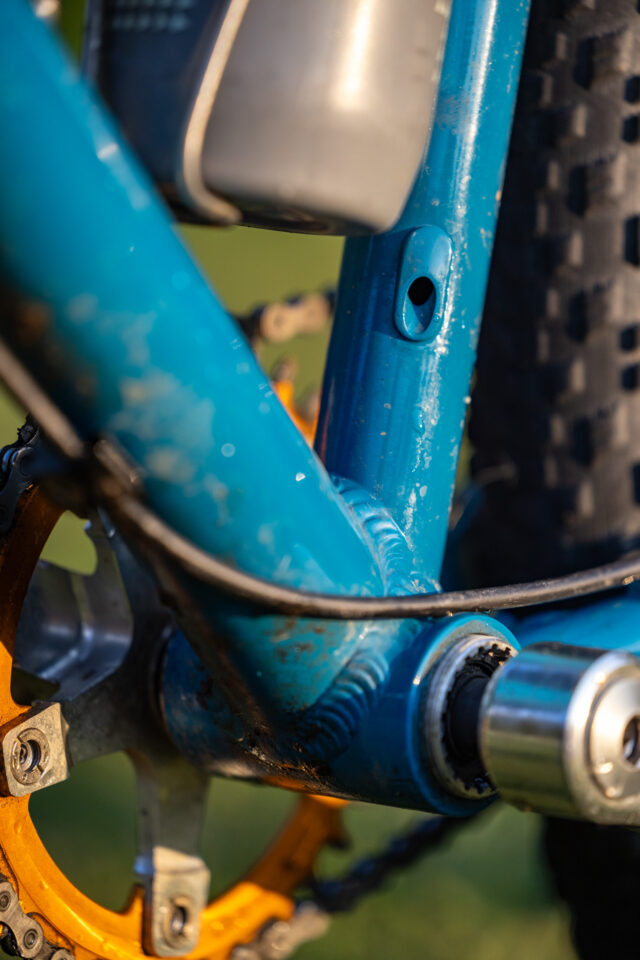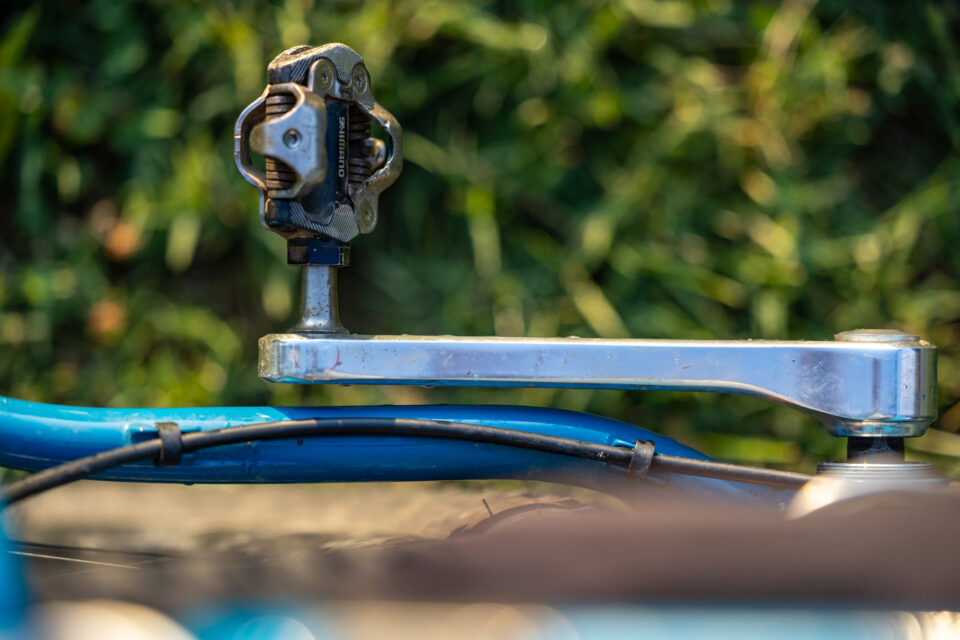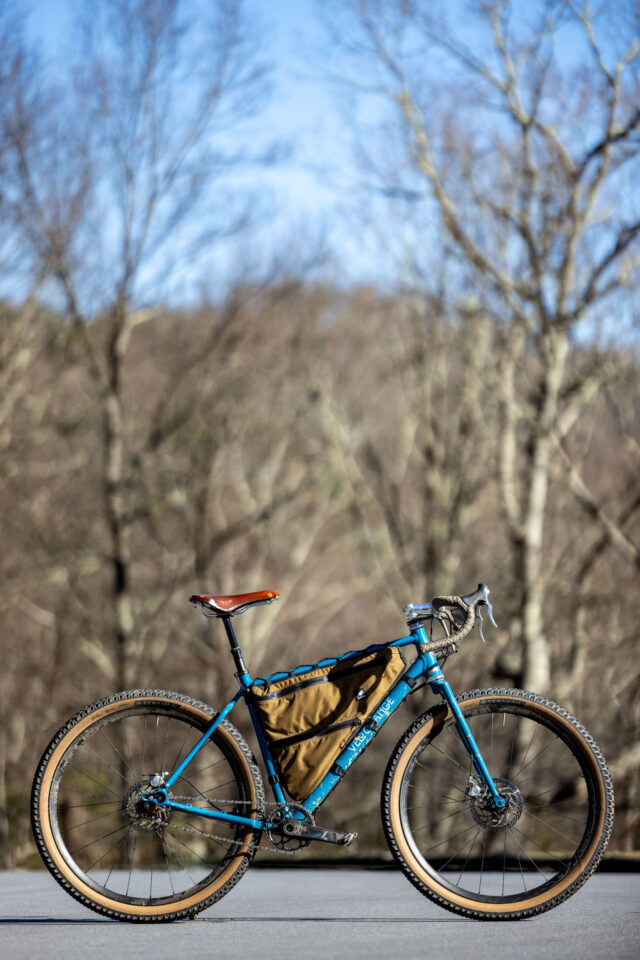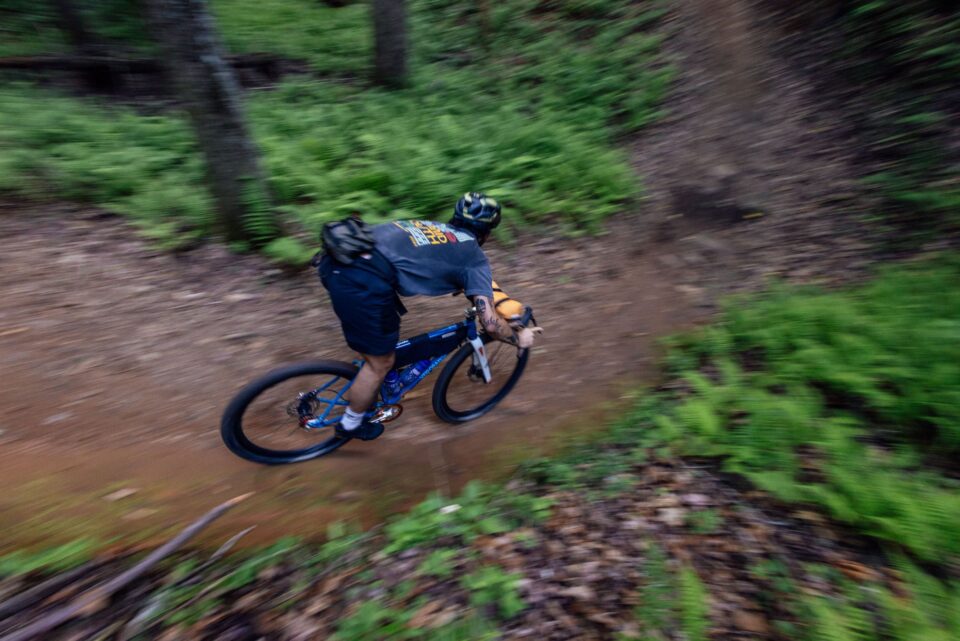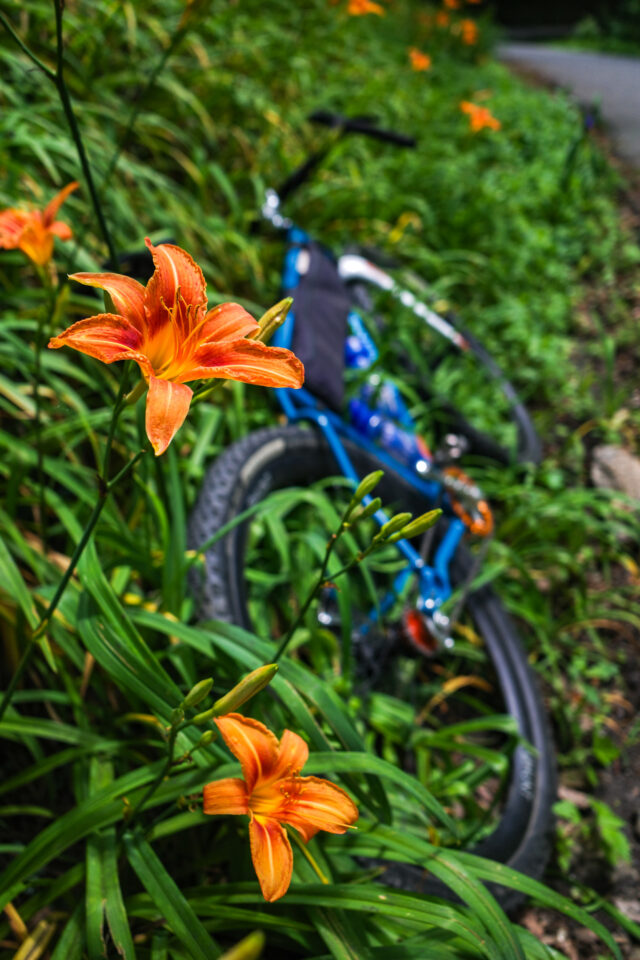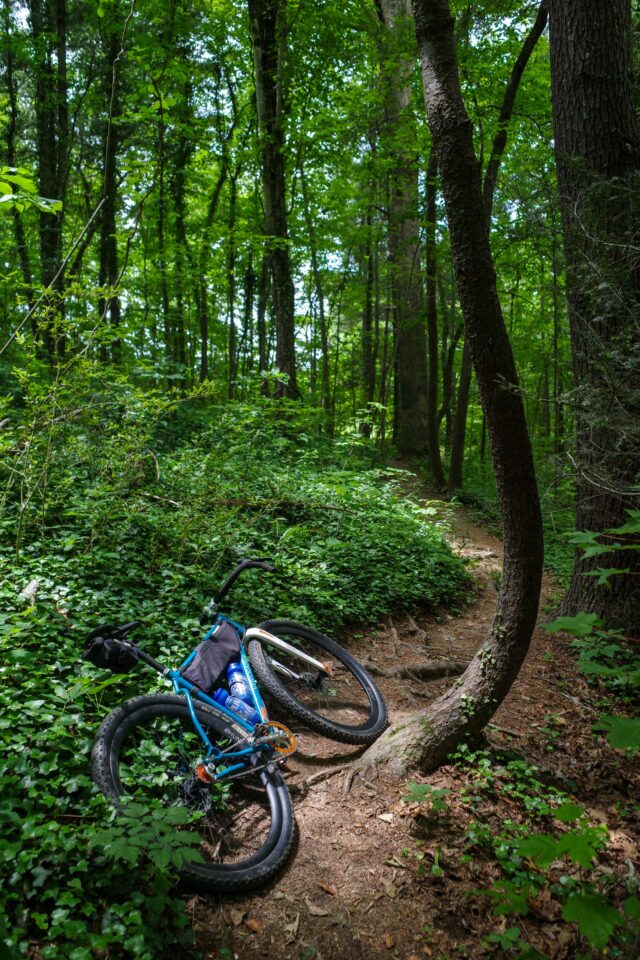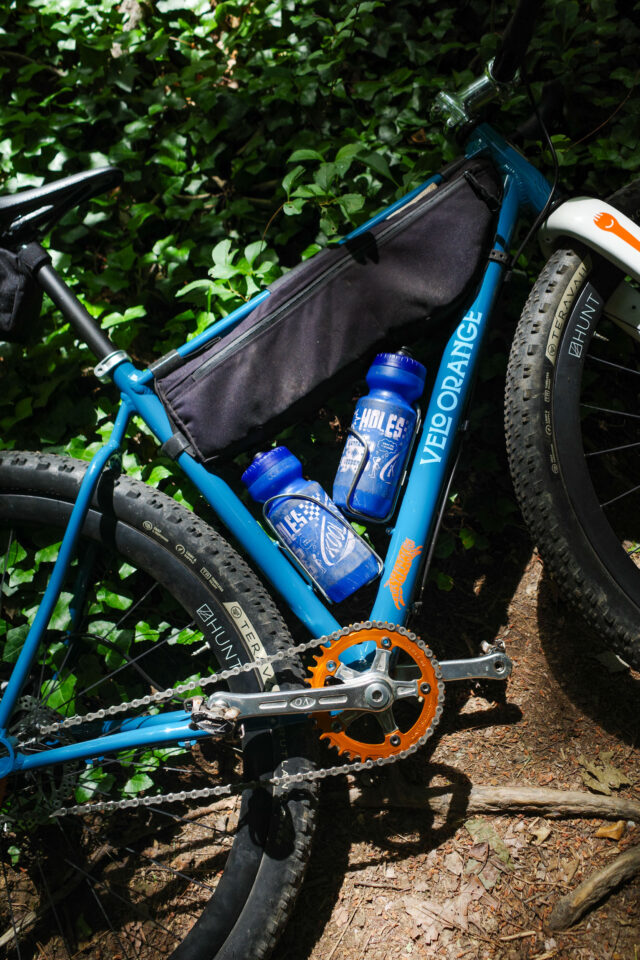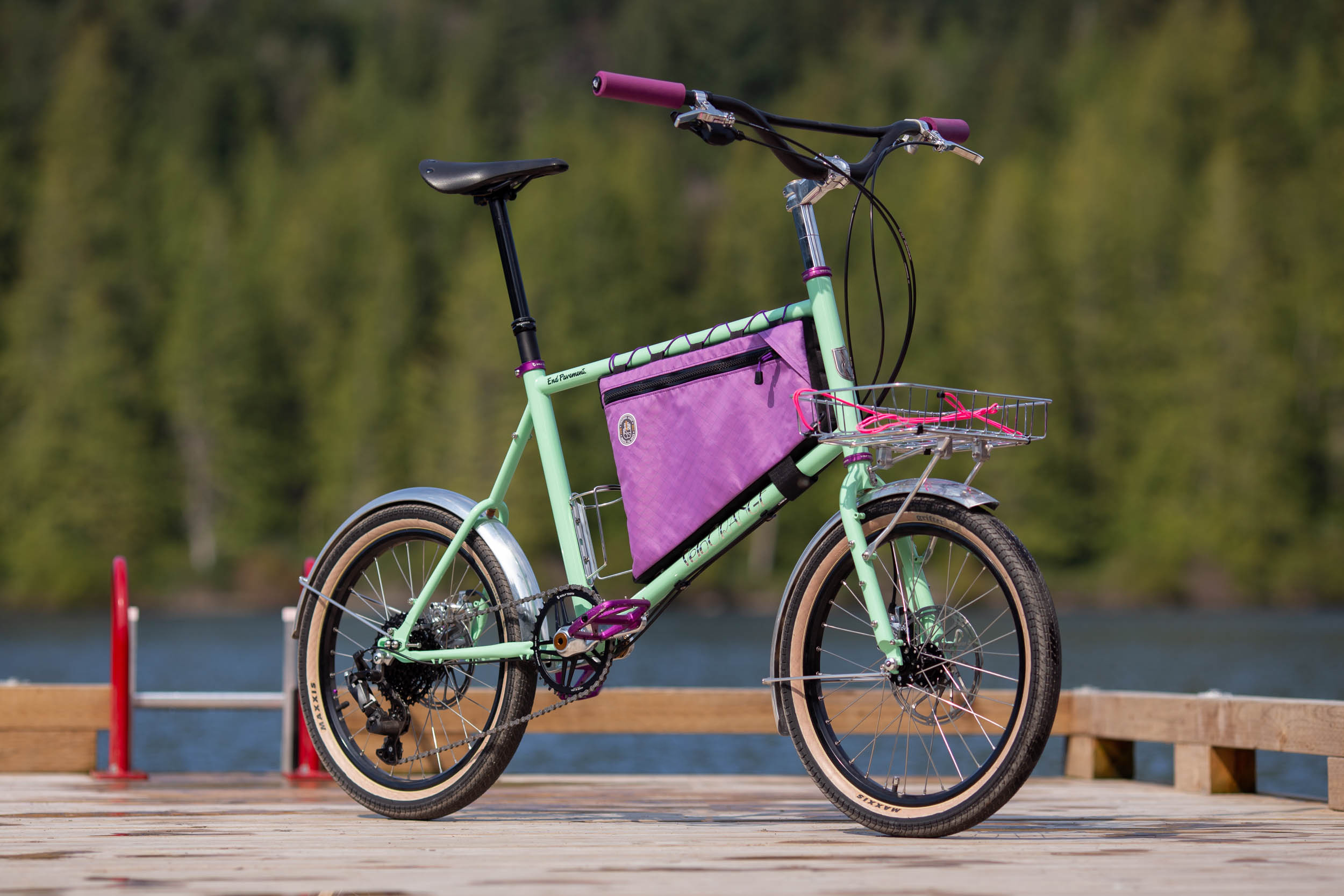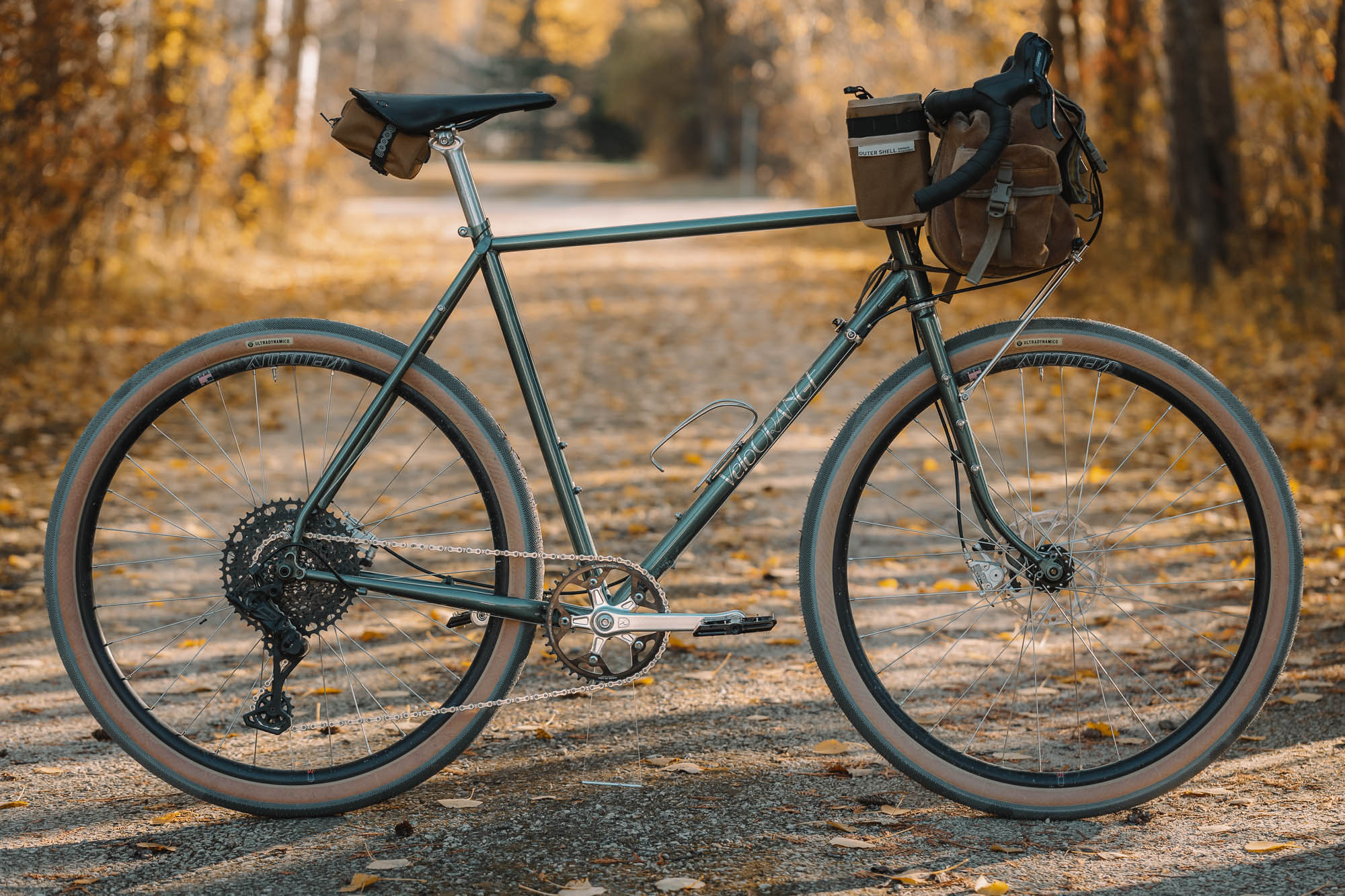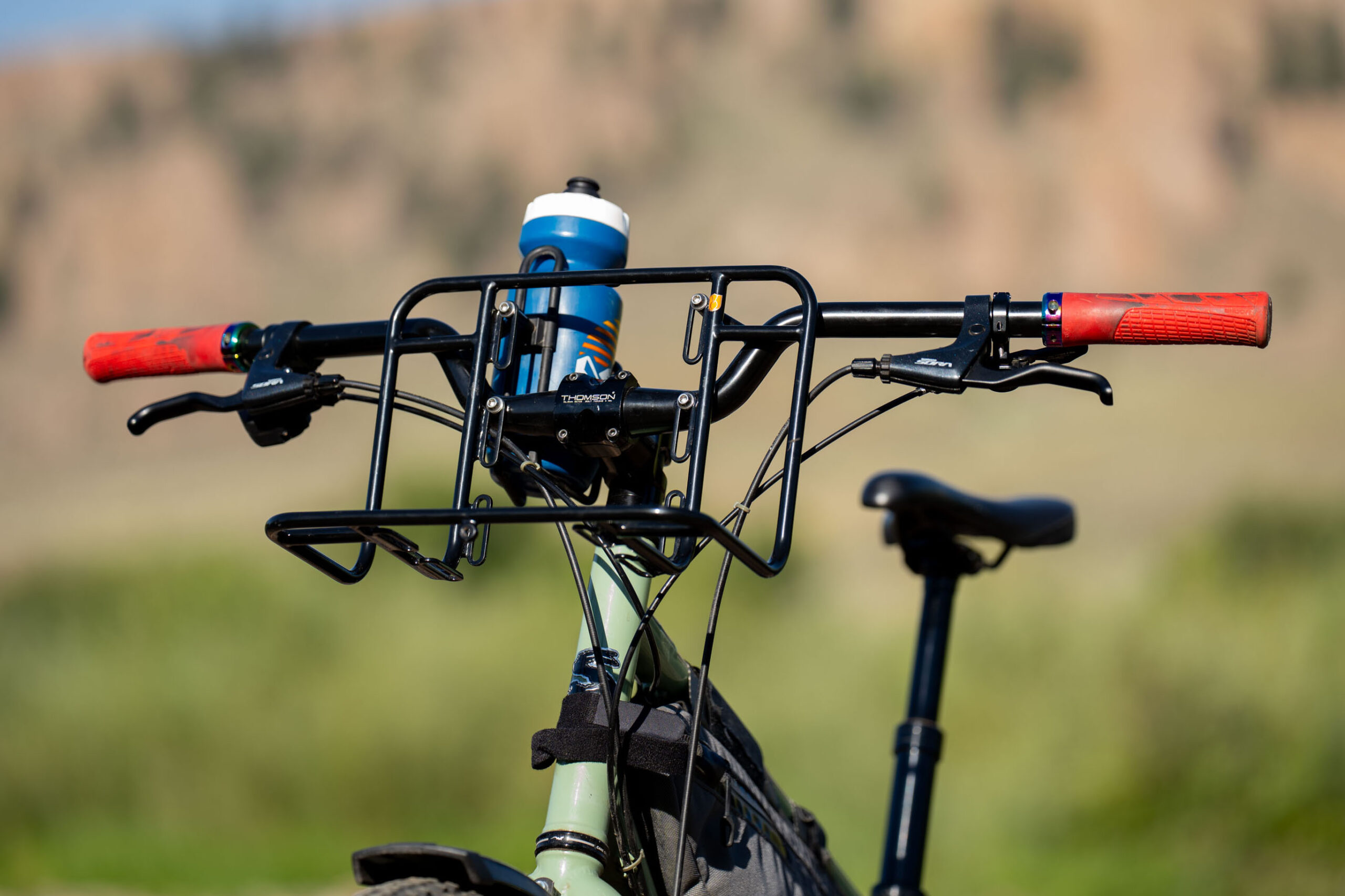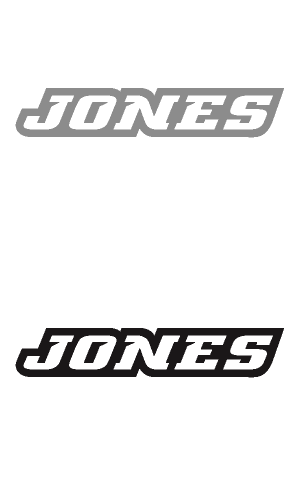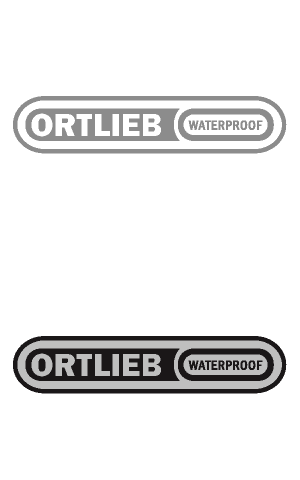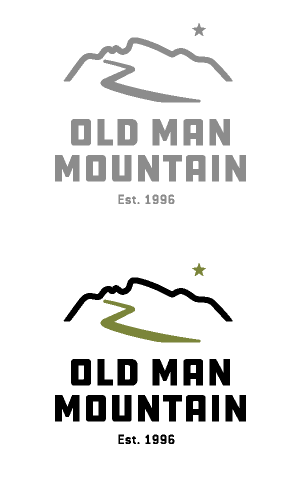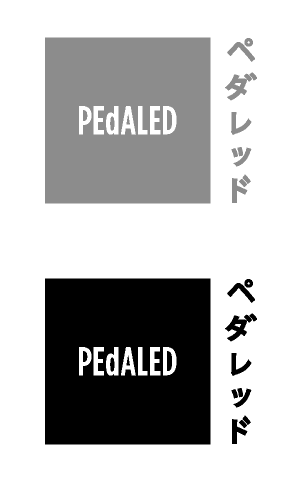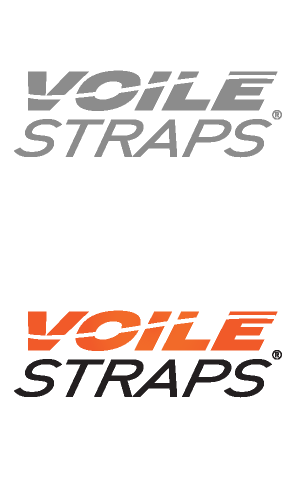Velo Orange Chessie Review: Formless Figure
After almost a year, two different frames, three events, and a few thousand miles, Nic finally sat down to pen his thoughts on Velo Orange’s new gravel bike. Featuring sliding dropouts, an aluminum alloy frame, and clearance for large tires, this moderately priced off-roader delivers more than first meets the eye. Read his Velo Orange Chessie review here…
PUBLISHED Jul 8, 2025
The first reported sighting of a “creature” in the Chesapeake Bay was in 1936 on a helicopter flight. That account is said to be entirely erroneous, however, as the first recorded helicopter flight in the area didn’t occur until 1939. What followed in the proceeding century was a series of sightings consistent with that of any modern myth: someone claims to have seen something they couldn’t explain but had no idea of what they really saw. A formless, boundless concept. An idea that lets a different form take place in each of our minds. Imminent, lurking just beneath the veil of perception.

That’s the thing about ideas—they’re shared. What I describe to you here is solid. Concrete. A mix of a few thousand words and high-quality pictures hopefully gives you a razor-sharp idea as to what I’m talking about. But concepts, myths—they’re amorphous. They use the linguistic tools within our grasp to evoke a much broader, more fluid idea. One that can change and shift depending on perception, feel, and context. When I first rode Velo Orange’s Chessie, I thought I had it nailed down. It’s a modern gravel bike that can fit 50mm tires and is made of a metallic alloy. But what I’d learn over nearly a year made me rethink my perception of the very concept of a gravel bike.
Clarifying Context

Firstly, context is important. For the sake of transparency, I previously worked for Velo Orange. The keyword there being “previously.” In 2022, first as a customer, I struck up a relationship with the company as I owned some of their products and wanted to make some content. Eventually, we built a partnership that allowed me to perform what amounted to freelance social media marketing for the brand. Within that role, we exchanged a lot more than just content and money. We spent a fair bit of time together. I consider Clint Boyer, the lead product designer, and many of the employees at Velo Orange to be friends, and it’s undoubtedly a brand with which I have some affinity. However, when I took on my role here at the site, it was clear that any sort of bias wasn’t going to make sense for someone who was largely focused on objectively reviewing products. Thus, my professional relationship with the company ended, and my new role began.
To say that some of my own DNA is present in this bike would be accurate. I spoke to Clint frequently throughout the design process, and some of my influence during my time working with owner/operator Igor Shytenbuk and everyone who makes the orange go-round had an impact on how the bike came to be. But, part of what I love about our site is the dedication to objectivity. Regardless of whether a company has advertised with us, sent us a product, or done anything else, we include all of our thoughts, warts and all. Personally, I would never have felt comfortable working with Velo Orange if they hadn’t made a great product in the first place, so there hasn’t been a moment when I’ve felt torn about advocating for the company. I say all this, not because I have to, but because it’s important to both me and the site to be clear about where things stand.
Initial Impressions
Building up the bike in the early fall of last year, the first real test for Chessie, named after the mythological Chesapeake Bay monster (akin to the Loch Ness Monster), was the Mega Mid South. A 300.9-mile journey across the plains of Oklahoma and a bikepacking endeavor to boot. Running an 11-speed friction shifter on a typically wide-range cassette and 650b x 2.2” tires, the bike felt like home. It was the kind of machine I’d spent the greatest amount of time on in the last few years, and it rode exactly as expected. Frankly, it was a little difficult to discern anything significant from the trip, as you tend to be focused on so much more. It sort of disappeared beneath me as I focused on the task at hand and performed admirably with all of my bikepacking gear in tow. Over the next few months, I really started to get to grips with it.

Switching to a 700c wheelset with 45mm Terra Trail tires, the bike felt like a true road machine. Though the wheels helped with their aerodynamic profile and much thinner rubber, the bike took it all in stride. Something I’ve found to be common among modern gravel rigs that claim to be equally exciting across multiple wheel sizes is a sense of bias toward one wheel size. Where it might feel planted and shreddy in 650b mode, it could also feel stiff and on a knife’s edge with 700c wheels. But with Chessie, neither wheel size felt particularly out of place. It didn’t feel like it lifted the bottom bracket too high, nor did it compromise toe overlap or any other significant alteration. It makes sense with both wheel sizes.
| Size | XS | SM | MD | LG | XL |
|---|---|---|---|---|---|
| Top Tube Length | 500 | 530 | 560 | 590 | 620 |
| Reach | 348 | 367 | 388 | 411 | 435 |
| Wheelbase | 993 | 1028 | 1041 | 1074 | 1107 |
| CS Length | 420-435 | 420-435 | 425-440 | 425-440 | 425-440 |
| Effective ST Angle | 73.5 | 73.5 | 73.5 | 73.5 | 73.5 |
| ST Length | 405 | 450 | 490 | 525 | 555 |
| HT Angle | 69.5 | 69.5 | 70.5 | 70.5 | 70.5 |
| HT Length | 95 | 140 | 135 | 165 | 190 |
| Fork Length | 396 | 396 | 410 | 410 | 410 |
| BB Drop | 62 | 58 | 72 | 68 | 64 |
| Stack | 512 | 550 | 579 | 604 | 623 |
| Rider Height | 4’11”-5’4″ | 5’3″-5’7″ | 5’6″-5’11” | 5’10”-6’2″ | 6’1″-6’5″ |
Part of this is down to the geometry. It has a higher trail than most of their other offerings, a higher BB, and is relatively slack in comparison to some of my other more aggressive bikes. While that dulls the road feel somewhat, it is greatly appreciated off-road. For the sake of comparison, another bike currently in my stable that has some congruence is the Fairlight Secan. Where the Fairlight feels fairly exciting on singletrack because the stack, reach, and head tube angle are closer to road-oriented gravel bikes, Chessie feels more at home off-road. There’s never much issue with contorting the bike around rocks and roots, and when the going gets steep, the less skilled among us won’t feel like we’re sitting in the first seat of a roller coaster like we might on more road-focused modern gravel bikes.
However, another element of its versatility and feel is the one-of-a-kind chainstay/dropout design. Sliding dropouts aren’t new, but they’re relatively new for aluminum alloy gravel bikes of this nature. The dropout design is the first of its kind for a bike of this type, offering 15mm of effective chainstay length adjustment (425 to 440mm). This is incredibly useful for a few reasons. When I lived in Florida, I’d argue there’s never any real reason to stray away from bikes that go beyond 425mm. The ride is snappier, and it makes things a heck of a lot more fun on the “trails” that exist in the sandy heat pit we call the peninsula of this country. However, here in Appalachia, where steep, double-digit gradients are about as common as a black bear sighting in the spring and summer, 440mm+ chainstays are more than appreciated. Stabilizing descents and, crucially, stretching the stated limits of the recommended tire widths are equally important measures in ensuring safe passage through places like the Pisgah National Forest.
On the subject, you’ll notice most of my time on Chessie is with 2.25-inch rubber in both 27.5″ and 29″ configurations. While the stated clearance allows for my favorite width in the 27.5″ category, it’s not officially allowed at 29″ / 700c. However, I didn’t even need to fully back the dropouts into the 440mm position to fit a 2.25-inch Tervail Rutland. It fits the smaller mountain bike tire when fully backed out quite comfortably and can even be pushed forward a bit. I prefer this tire size because it’s a versatile jack-of-all-trades. I never find it too slow on the road, and any trail that can’t be traversed on that size is above my skill level. It was a gamble sticking with the tighter clearance when converting to a dedicated single-speed rig, but it’s one I’m glad I stuck with, especially for something like Mountain Cat.
Loaded Up
What I’d come to learn over my near year long review period with regard to bikepacking on Chessie is that I had it right the first time (at Mega Mid South). Though I’d test a variety of loaded iterations, distributing the weight evenly over the entire body of the frame felt most logical for bikepacking and touring on a bike with this trail number. Though I tend to prefer low-trail bikes when heading out with all the comforts, Chessie performed admirably with a speed-packing or bikepack-racing style load. Usually I opt for a large front bag with a decent amount of weight. Snacks, electronics, and water sit in the middle, and lighter clothing and bike repair in the rear. This worked best as overloading the higher front end of the bike yielded some undesirable handling characteristics and loose-ness on trail. If load bias is needed, I’d opt to put most of the weight in the rear.
Though some might question the function of the bike on fully-loaded long tours, Chessie fared well in the instances where I tried to over-encumber it. The aluminum alloy doesn’t stray toward the lighter end of the spectrum, so a rack and pannier setup would be more than fine if you decided to take it out for weeks at a time. While I wouldn’t say it’s designed for it, Velo Orange tends to over-build their bikes, preferring durability to lightness. Chessie surely could have been lighter with thinner tubing and a stock carbon fork option, but that’s not their MO. Between the stock fork and the build quality and spec of the frame, this bike is more than capable for long bikepacking endeavors.

Fork Figments

Although much of my recent riding on Chessie was with an aftermarket Rodeo Labs carbon Spork, initial conversations with the team at Velo Orange centered on the stock steel fork. A triple-butted, adventure-ready straight blade option, it garnered a lot of attention during its debut at MADE and on social media thereafter. In terms of steel forks, it’s among the best I’ve had the pleasure of riding. Light without compromising on durability or capacity, supple without feeling noodle-y, the stock fork is an improvement on the fork from the bike’s predecessor, the Velo Orange Pass Hunter. I spent a fair bit of time on that bike, and while I enjoyed certain elements, the unicrown fork was one of its biggest minuses. It was extremely weighty and didn’t offer much in the way of ride quality. With considerable effort in making this one lighter and equally capable, I believe this is a genuine improvement over most other stock steel forks on the market.
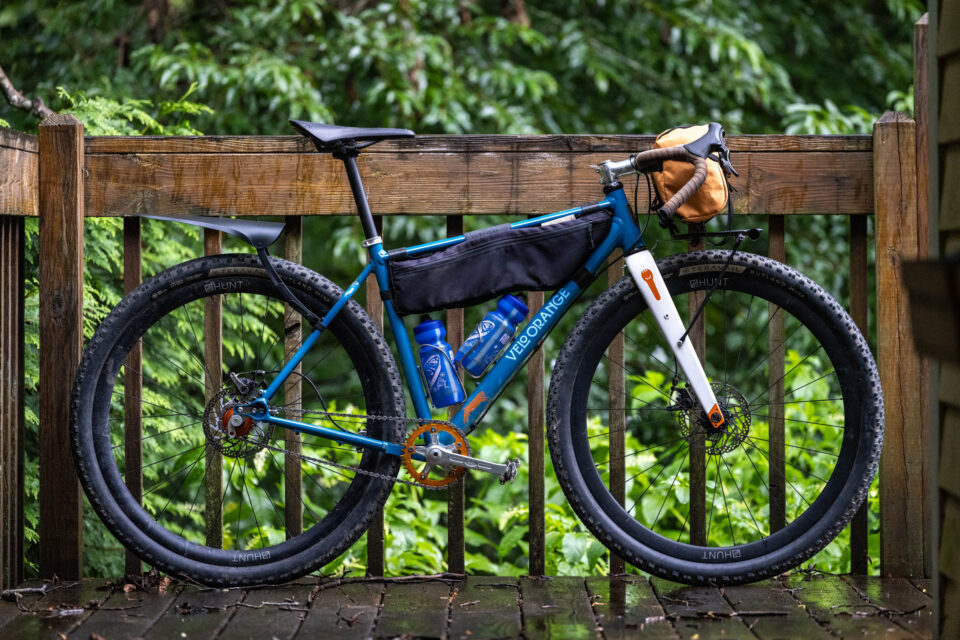
My decision, then, to go with the Rodeo Labs carbon spork is largely motivated by weight. With sliding dropouts and a personal penchant for pain, the temptation to turn this into a full-time singlespeed was just too great. Given the loss of a rear mech and cassette eliminates a fair bit of load, taking another two pounds off through Rodeo Labs’ Spork 3.0 was too enticing. What I experienced was a handling that felt more responsive and aggressive than that of the steel fork, but still comfortable and equally capable, even when stretching the limits of the stated and unofficial tire clearances.
Aluminum Allusions
The main impetus for Velo Orange delving into aluminum was to honor their roots of metal alloy-oriented offerings while giving customers a lighter, more affordable package. Per some conversations with Igor Shytenbuk, “Carbon just isn’t our thing. You never say never in this industry, but I doubt we’d do anything with the material any time soon.”With that in mind, aluminum alloy made sense, as it’s generally lighter and more affordable than comparable steel and certainly Ti or Carbon equivalents.

In terms of ride feel, the Velo Orange Chessie felt like a standard, double-butted steel frame. With so many factors determining the actual ride feel, there isn’t a lot I can attribute solely to the frame. It doesn’t maintain the plastic-like deadness I’ve found consistent with carbon bikes, but it also seems distinctly different from some higher-end steel bikes that seem to have more spirit. It’s somewhere between the two, but in a way that if you told me it was steel, I’d believe it. Where the frame material really shines is with its weight. As pictured, the bike weighs under 25 pounds. If I had one consistent critique of Velo Orange products, it’s that weight sits at the bottom of the list in terms of considerations. They’re affordable, long-lasting frames, wheels, cranks, etc., but they’ve never been light. While Chessie isn’t a weight-weenie-oriented gravel frame, it could be built up as a solid, lightweight, budget-focused gravel rig.
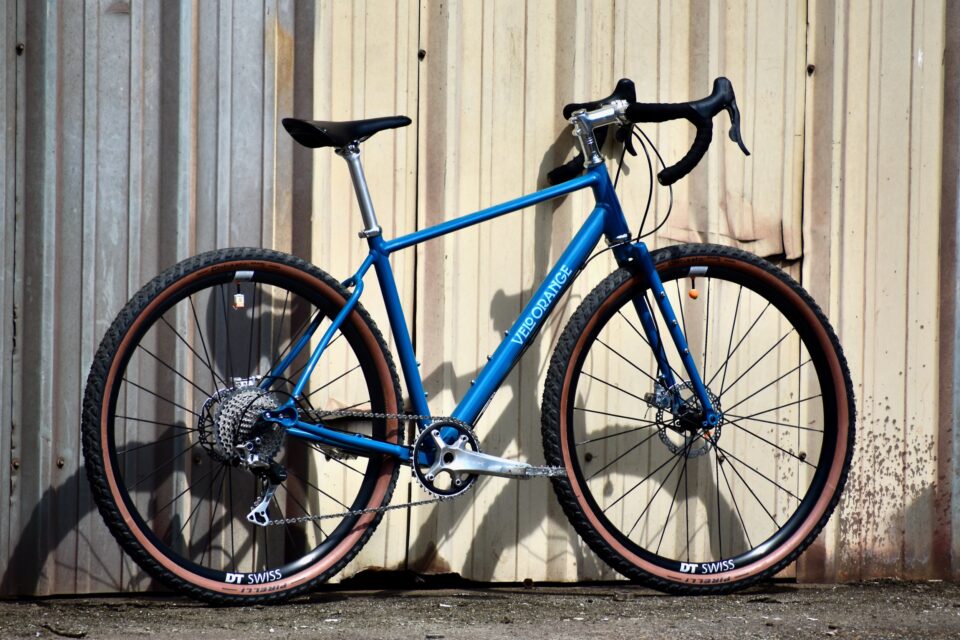
During my review period, one distinct detriment of aluminum alloy did arise. In an unfortunate accident that luckily didn’t involve my body, Chessie was briefly run over by a truck. Though it didn’t crack, the rear triangle was bent out of alignment. With an excess of talented frame builders in the Asheville area, I sought their advice on what could be done to fix it. Unfortunately, since most work solely with steel, not much could be done. Tossing it in an alignment jig made for a steel bike wouldn’t work, as it would likely cause the material to crack. Beyond sending it to an aluminum specialist, such as Frank the Welder, aluminum alloy bikes appear to be less repairable than their steel counterparts, at least in terms of practical access to someone with the necessary tools and expertise.
Dreamlike Details
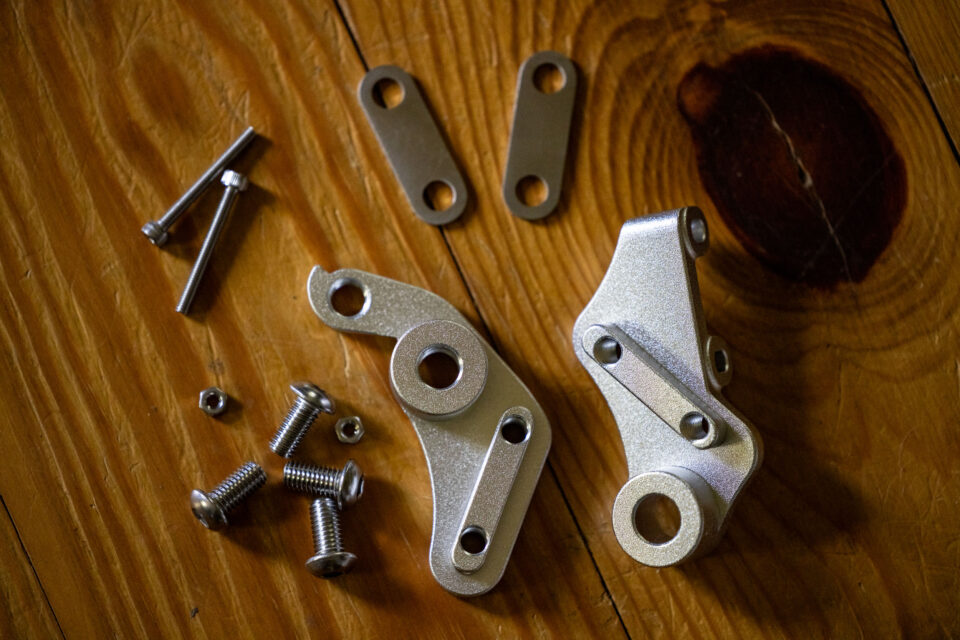
Consistent with the brand’s dedication to creating bikes that will hopefully remain serviceable, Chessie features a standard 68mm threaded bottom bracket, fully external routing via downtube and seatstay cable guides with included clips, and industry-standard 12 x 100 front and 12 x 142 rear spacing. An added bonus is stealthy dropper routing. As stated, the rear features sliding dropouts that, unlike the prototype I took home from MADE last year, have a burlier plated system that doesn’t mar up the paint within the sliders. The dropouts aren’t the smoothest I’ve ever worked with, but it’s nice that they use standard, chainring bolt-sized bolts for ease of operation. I also found I didn’t really have to torque them down for them to stay in place.
The tapered 1 ⅛” to 1 ½” headtube was selected so folks could run any variety of aftermarket carbon or even suspension-oriented gravel forks. And while the geometry isn’t specifically suspension-corrected, it has enough axle-to-crown built into the standard steel fork that some of the most basic market options should work quite well. And while my time using a suspension fork on Chessie has only just started at the time of publication, the best and most impactful change I made during my official test period was with the dropper. Though I’ll elaborate on these sentiments elsewhere, the addition of dropper routing on this bike doesn’t feel tacked on or simply extra. It seems an intentional inclusion given just how flexible and amenable the bike can be on challenging to downright technical sections of singletrack.
Conceptual Critiques
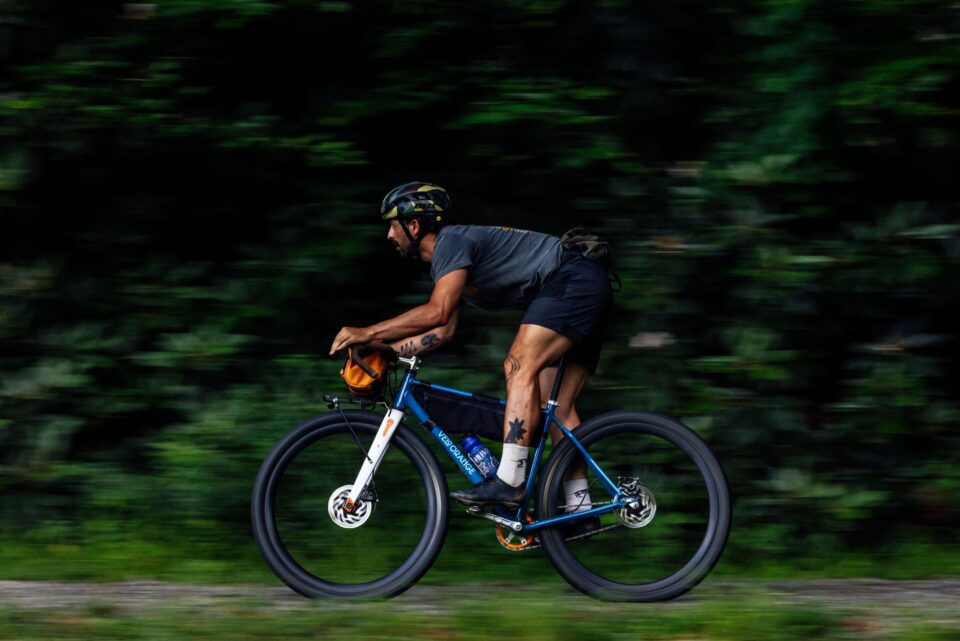
I largely enjoyed everything about this bike, but a few elements felt like misses. Though the bike is billed as a true modern gravel option capable of both a weekend bikepacking trip or a gravel race, there’s a considerable lack of mounts within the frame. The steel fork features three-pack mounts and options for racks and fenders, but the frame’s thick tubing at the tested medium size makes the inner frame triangle quite small. With my large-sized Outer Shell half-frame bag, fitting two smaller bottles was a squeeze, with little to no recourse for a third on the frame. In the adventure riding space, I consider a third or even fourth bottle option to be relatively commonplace. Again, given my relationship with the company, I know they abstained from adding the downtube bottle option because the existing iteration of the frame had already passed ISO testing. And although it likely wouldn’t affect that result, adding more holes could create an issue and require costly testing just to find out. Their decision not to subject customers to a potential issue through the addition of said downtube mount is in line with their dedication to creating a long-lasting, worthwhile product, but the absence of a native third place on a frame meant for massive days is a miss. The same can be said about the lack of mounts on the top tube for modern top tube bags.

Another minor demerit with a huge asterisk is the toe overlap I experienced at unofficial wheel sizes. Again, there is no toe overlap with 165 or 170mm cranks at the stated 50mm max 700c width (or 27.5″ x 2.25”, for that matter), but it does happen slightly at the 29″ x 2.25” size. It’s not official, so it doesn’t feel like a true detractor, but what does is stopping the tire clearance at 50mm. While large, the fact that the bike is capable of the width yet not explicitly designed for it feels like a missed opportunity. By contrast, companies like Allied have based the bulk of their marketing for new, $10,000+ race models on the fact that users can fit mountain bike tires into their frames. This $950 alloy frame can also do that. Not stretching the front end ever so slightly to eliminate toe overlap at the 2.25” size seems like an oversight. It would future-proof the gravel bike, as I think many would agree the buck for the category should stop at 2.25.” Anything bigger just feels like an ATB or mountain bike, and the geometry suited for those bikes is distinctly different.
- Model Tested: Velo Orange Chessie, Medium
- Actual Weight: 26 lbs (11.79 kg)
- Place of Manufacture: Taiwan
- Price: $950 USD at Velo Orange
- Manufacturer’s Details: Velo Orange
Pros
- Affordable frame with modern attributes makes this one of the best value options on the market.
- Tubing quality is light and feels solid on roads and trails.
- Versatility through dropouts and headtube spec makes this a true do-anything bike.
- Dropper routing and use for this bike is really nice.
- Geometry isn’t too aggressive but can be made to feel sharp.
Cons
- A lack of mounts on the frame is a huge miss for the intended purpose.
- Dropouts aren’t the smoothest.
- It should have simply been designed around a 2.25” tire.
- Aluminum can’t be fixed as easily as steel.
- The graphics are a little childish.
Wrap Up
There’s a lot to be said about what’s on offer in today’s gravel bike market. Now a fully mature category, whenever I throw a leg over anything released in the last year, thoughts from a conversation I had with Stephen Fitzgerald—owner of Rodeo Labs—springs to mind.“Sometimes people ask about a new Traildonkey or Flannimal, and I’m like, ‘What do you think that’s going to look like? What, it’s going to fit a 3” tire?’ There comes a point where a bike that can fit a 29 x 3” tire isn’t also going to be a very good road bike.” It was a tidbit of a good conversation that informed a larger musing on what a modern gravel bike really is.
With Velo Orange’s Chessie, I think they’ve hit the sweet spot. With unofficial tire clearance that ranks among the industry’s best, yet the same versatility consistent with most of their products, Chessie offers almost unequivocal value for those seeking a modern gravel bike. Although it may not have brand-name tubing, an aero profile, or a fancy, race-oriented marketing campaign at $950 USD, Chessie is the budget gravel bike people seem to have been asking for. Through the convergence of its varied features, such as a durable but lightweight aluminum frame, easy-to-use sliding dropouts, and comfortable yet capable all-rounder geometry, Velo Orange’s Chessie is no singular idea. Alas, what appears as the shadowy figure the bike conjures up through a myriad of possible configurations is a gravel bike worth mythologizing.
Further Reading
Make sure to dig into these related articles for more info...
Please keep the conversation civil, constructive, and inclusive, or your comment will be removed.


